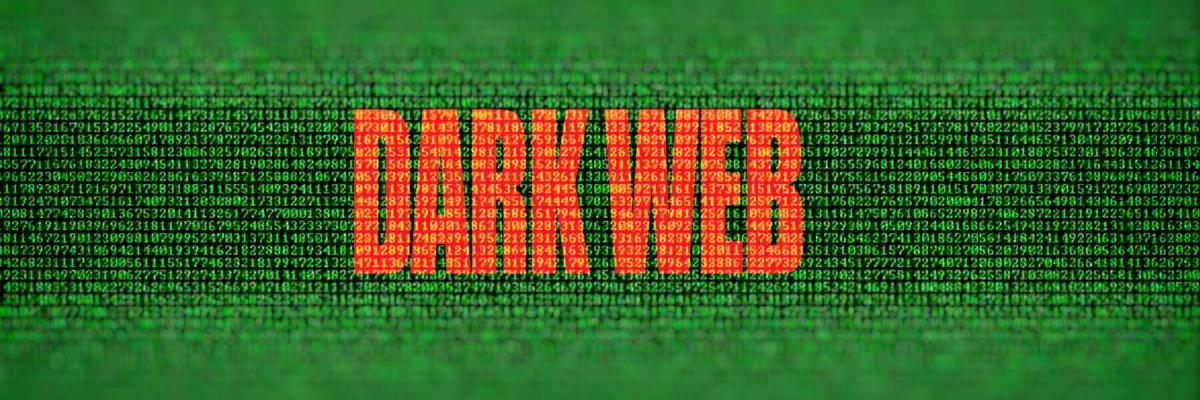
By Jennifer Adams
Have you ever thought about how the internet works? There are multiple layers, the surface web, the deep web, and the dark web, each serving a different purpose. Understanding the different layers of the internet and how it works can help keep you safe while surfing.
The surface web consists of generic search engines and the sites they direct you to. This is just the tip of the iceberg, as in, the easiest part of the internet to access as well as the smallest. The surface web is only 4% of the entire internet! Websites ending in “.com” or “.org” are a good example of the surface web because they can be easily located with a Google search. According to the Kaspersky website, the surface web makes up for about 5% of the total internet. The surface web is the most easily accessible and safe part of the internet.
The largest portion of the internet, which constitutes approximately 90% of all websites, is known as the deep web. This would be the middle part of the iceberg, the much larger part not visible from the surface. The difference is this information is not accessible by a simple web search. The deep web serves useful, ethical purposes such as keeping financial, legal, and academic information secure as well as medical information that must be kept HIPPA compliant. Your online accounts are also part of the deep web. Any part of the internet that requires credentials to log in to is considered a part of the deep web.
The deep web also contains the portion of the internet known as the dark web, which is 6% of the total internet. Although the terms are often used interchangeably, there is a difference. The deep web is used for lawful, secure purposes, the dark web is an illicit place where criminals engage in illegal activities such as selling passwords, credit card information, drugs, and guns. This is also a place where cybercriminals store stolen information from attacks. If you are hacked, your information will likely be sold here. The dark web is concealed so it is not visible to search engines and requires a special browser called Tor, otherwise known as the Onion Router, to be accessed. Although Tor is legal almost worldwide, its use is prohibited in some countries. In most situations, there are no legal consequences for using Tor for regular web activity, however if it is used to take part in illegal activities, you are subject to the law if you are caught.
We do not recommend logging on to the dark web to nose around because you can expose your network to a variety of threats such as keyloggers, botnet software, ransomware, and phishing software. Although there is a significant risk associated with logging on, not everything there is bad. Some use it simply to avoid censorship by the government. Many legitimate companies such as Facebook and the New York Times offer Tor-based services with generic content.
In the words of Supreme Court Justice Louis Brandles, “Sunlight is the said to be the best of disinfectants,” which is also true for the hazards associated with the dark web. Understanding how the internet works, the different layers of it, and the dangers associated with digging too deep will help keep your network secure, motivate you to keep your passwords strong, and to surf wisely so your personal information doesn’t end up there.
Sources:
https://www.kaspersky.com/resource-center/threats/deep-web
https://vpnoverview.com/privacy/anonymous-browsing/is-tor-legal/
https://cmitsolutions.com/boston-cambridge/is-your-info-safe-from-the-dark-web/
https://cmitsolutions.com/boston-cambridge/is-your-info-safe-from-the-dark-web/
